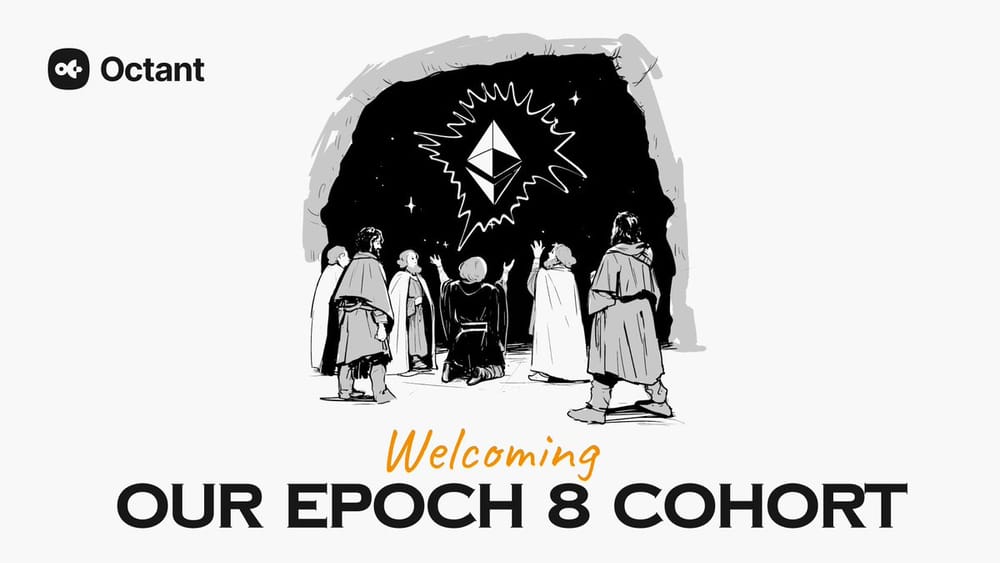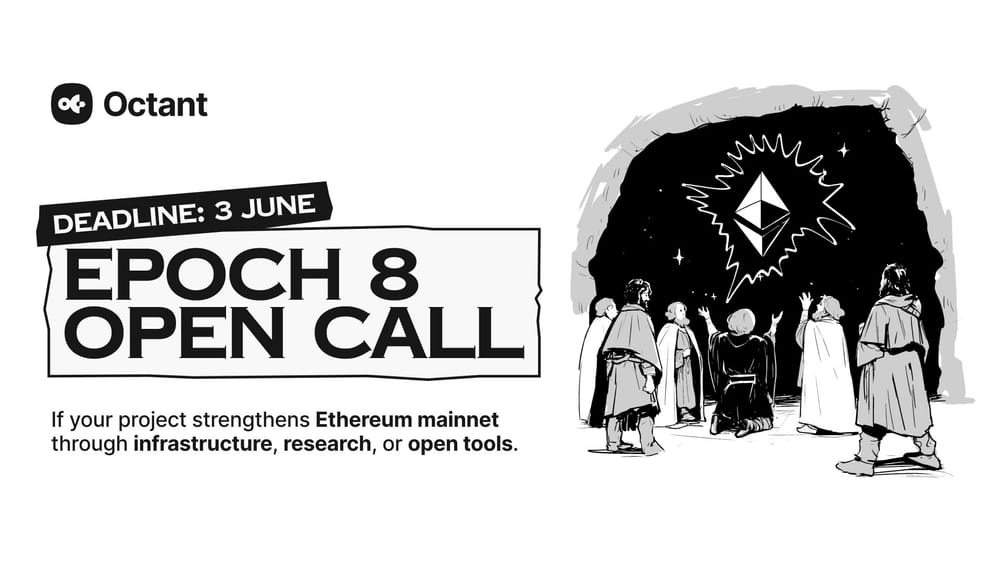This interview is a part of our on-going series, where we highlight our epoch 3 participants.
What's the Tor Project?
The Tor Project aims to restore the Internet as a public good, and stop unwanted tracking and online censorship. Our suite of open-source, privacy-preserving applications, including Tor Browser, OnionShare, and Snowflake is often the only option for millions of people to access the open web and share information freely.
Why should Octant users vote for Tor Project in epoch 3?
For too long has the Internet traded privacy for "free" services and created a closed ecosystem with an enormous dependency on just a handful of private companies. Models that prioritize privacy, security and decentralization, backed by fully open source code and protocols, are not easy to achieve–and have been some of the hardest innovations to fund through traditional sources. Very few of our projects are 100% funded by grants. That means we need unrestricted funding to continue to innovate, react nimbly to increasingly aggressive online censorship tactics, and to make sure the organization remains steady.
If you support Tor, you'll support millions of journalists, activists, human rights defenders, and civil society organizations who depend on the continued offering of Tor's digital privacy tools.
Your project is interesting because:
Imagine a world where your physical safety depends on your ability to keep your online activity private. This is true for many Tor users like Nadia*. She lives in a country where accessing non-state-sanctioned news or social media platforms can land her in jail. VPNs have been outlawed by her government, and most global services have withdrawn their operations from her country. Nadia has only one option left to access information freely and safely: Tor and the tools that we build and maintain at the Tor Project.
*The name Nadia is a pseudonym. Her story is real.
Progress in the last 3 months:
Octant allocations have helped make possible our work to monitor and respond to internet censorship during this year's election megacycle (2B+ people globally will head to the polls in more than 65 elections taking place in 2024)—which is currently not funded by any grant.
The allocations have also contributed investments into projects that were never possible with traditional funding and that could only happen with people who believe in the value of disruption.
- Launched election internet freedom monitoring project

This year, with more than 65 elections happening around the world, Internet freedom may be at risk. Some organizations have called it the Year of Democracy. Simultaneously, there is a rising concern that during these many electoral processes, governments in certain parts of the world will block access to the Internet in their countries. Governments may also censor media outlets, persecute and harass journalists, and block social media platforms and messaging apps.
In this context, the Tor Project has developed a project to monitor global elections, detect Internet censorship taking place during these elections, support Internet users so they can bypass this censorship by using Tor, and document these incidents.
So far, we’ve monitored elections in Pakistan, Belarus, and this weekend are monitoring the internet during elections in Russia.
- Belarus: No internet censorship detected during the election
- Pakistan: Site blocking, full internet outages, and blocking of VPNs detected
- Russia: Happening now, March 15-17
Introduced Webtunnel, a new type of censorship circumvention mechanism

Hiding in plain sight: Introducing WebTunnel | Tor Project 1
We're celebrating the World Day Against Cyber Censorship by officially announcing WebTunnel, a new type of Tor bridge designed to assist users in heavily censored regions to connect to the Tor network. Available now in the stable version of Tor...
The Tor Project’s Anti-Censorship Team has officially announced the release of WebTunnel, a new type of Tor bridge designed to assist users in heavily censored regions to connect to the Tor network.
The development of different types of bridges are crucial for making Tor more resilient against censorship and stay ahead of adversaries in the highly dynamic and ever-changing censorship landscape. This is especially true as we’re going through the 2024 global election megacycle.
WebTunnel is a censorship-resistant pluggable transport designed to mimic encrypted web traffic (HTTPS) inspired by HTTPT. It works by wrapping the payload connection into a WebSocket-like HTTPS connection, appearing to network observers as an ordinary HTTPS (WebSocket) connection. So, for an onlooker without the knowledge of the hidden path, it just looks like a regular HTTP connection to a webpage server giving the impression that the user is simply browsing the web.
→ Read more about how Webtunnel empowers censorship circumvention 1
Launched Tor Postbox, a testimony hub featuring stories from Tor users worldwide!

image940×529 53.2 KB
Tor Postbox is a collection of anonymous user stories submitted by people who rely on Tor to protect their privacy and anonymity. We designed this resource to support individuals and organizations who are advocating to defend encryption and privacy-enhancing technology, as well as to better demonstrate Tor’s impact.
Tor Browser 13.0.11 (March 6): This is an emergency release which updates our the domain fronting configuration for the Snowflake pluggable transport and the moat connection to the rdsys backend used by the censorship circumvention system.
➡️ Follow on X at @torproject
➡️ Read the Tor Project update on our forum
🧅 Vote for the Tor Project this epoch





